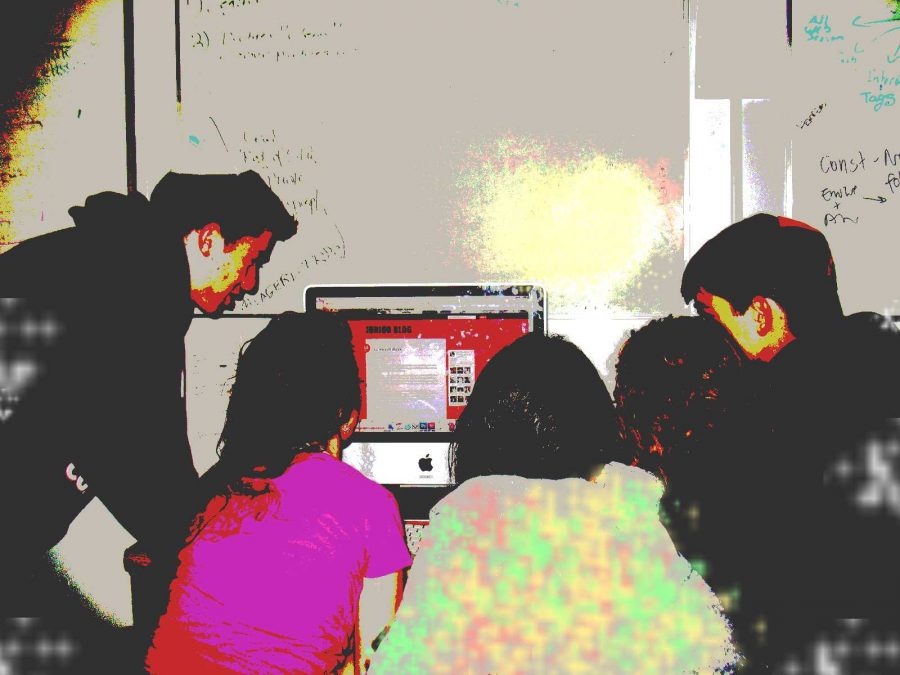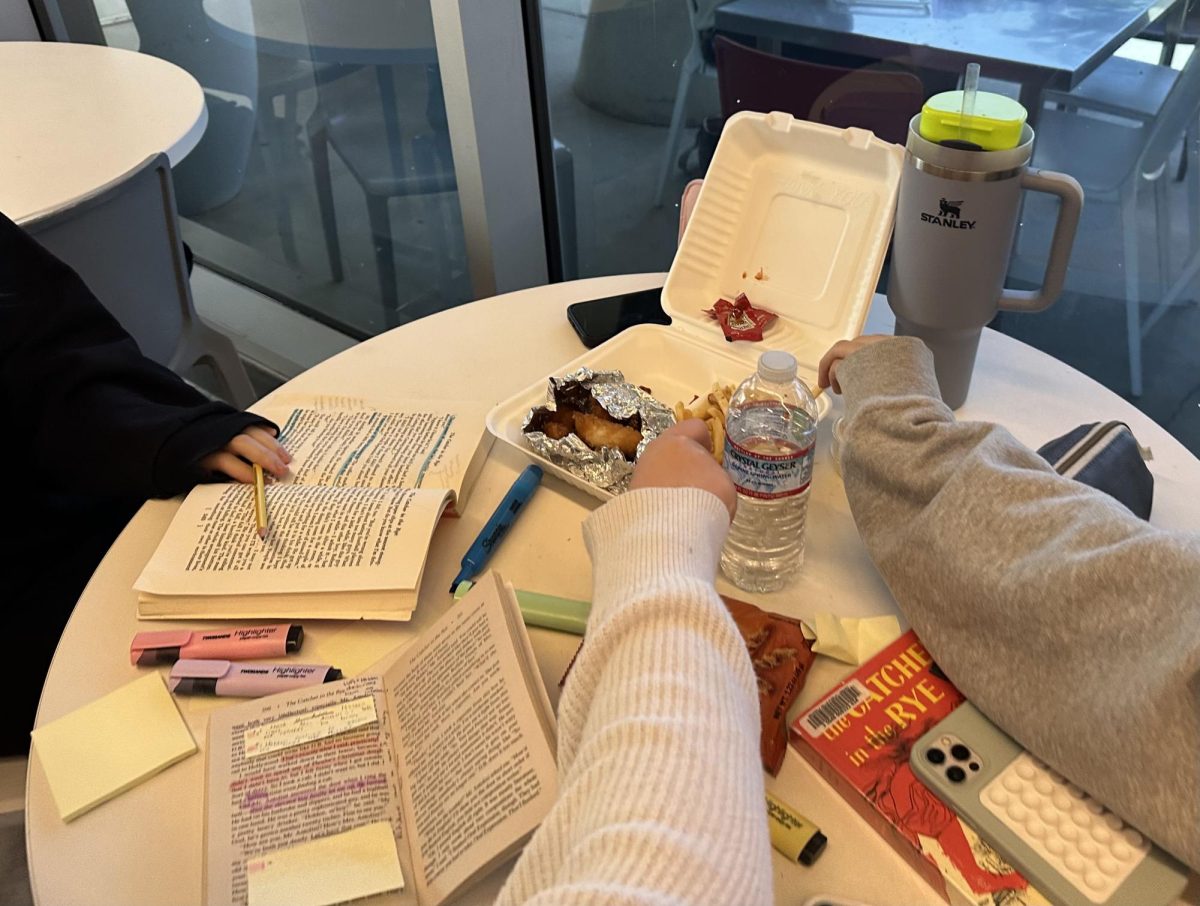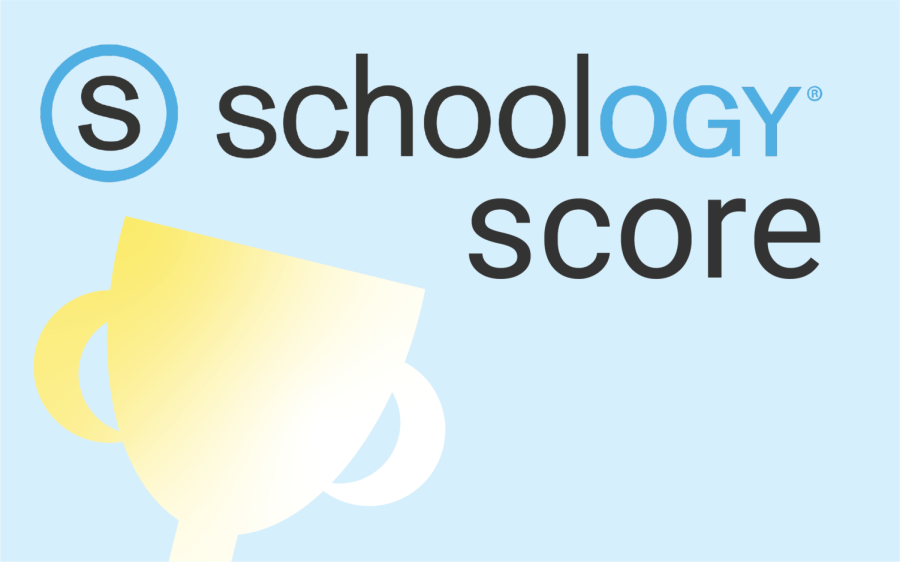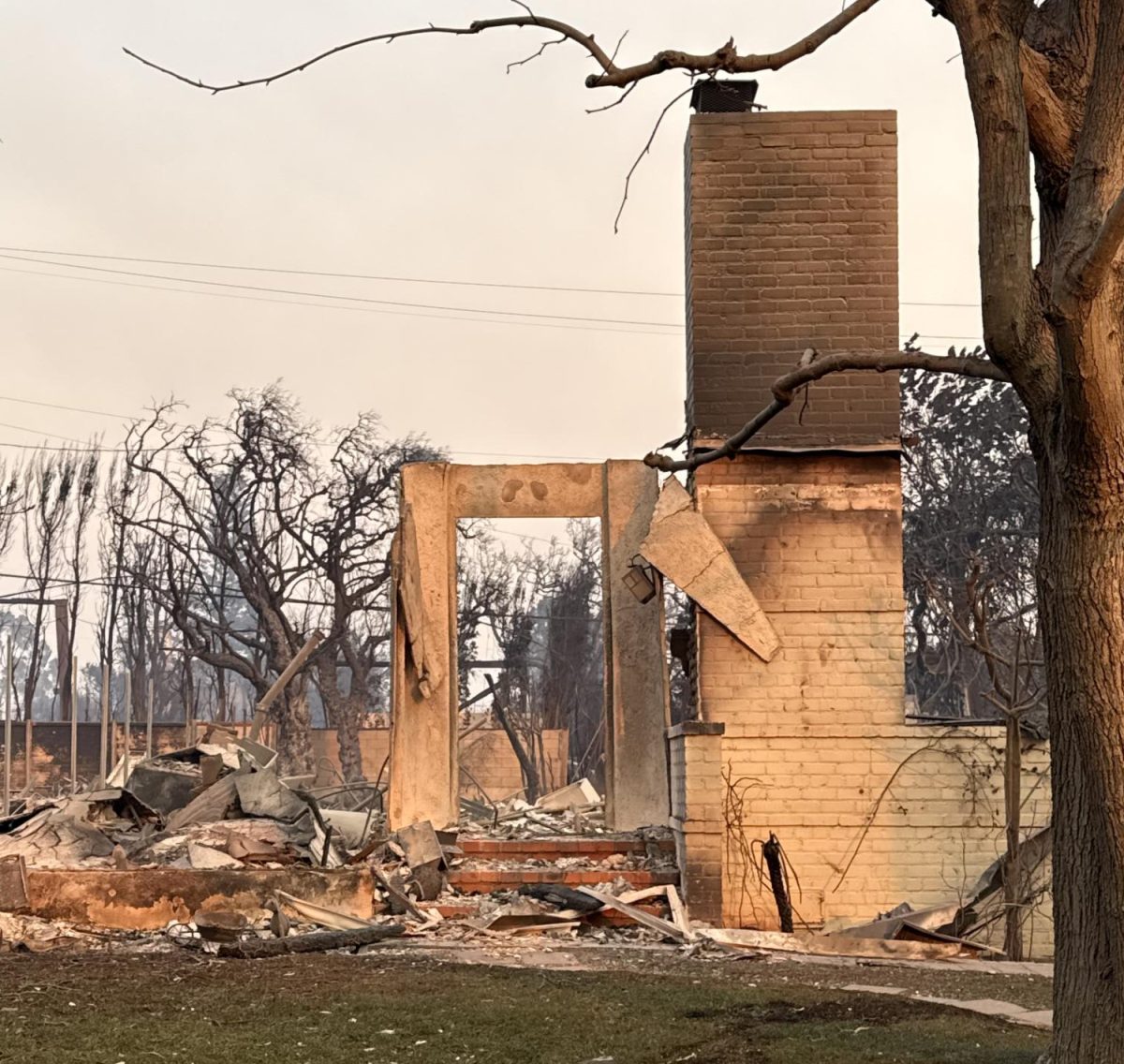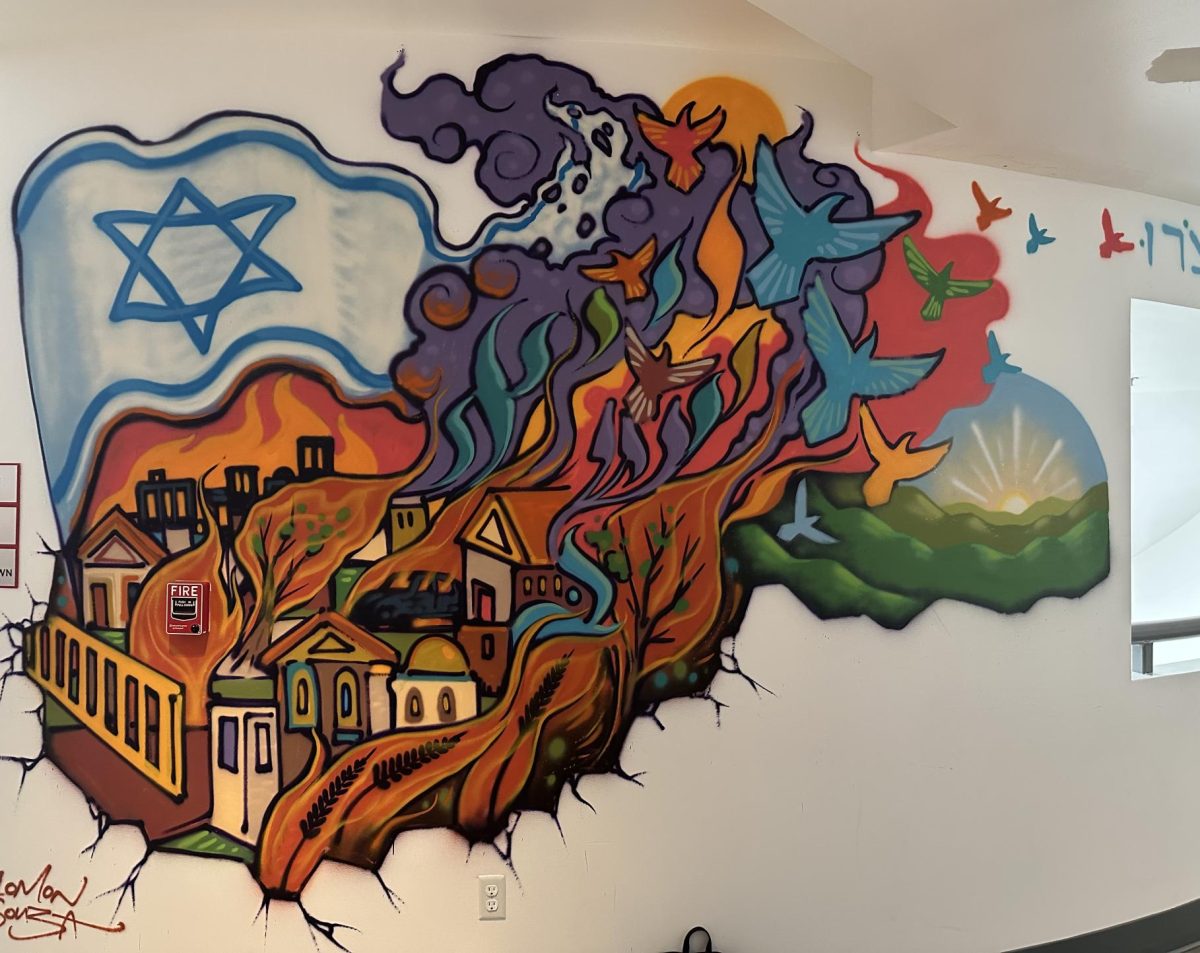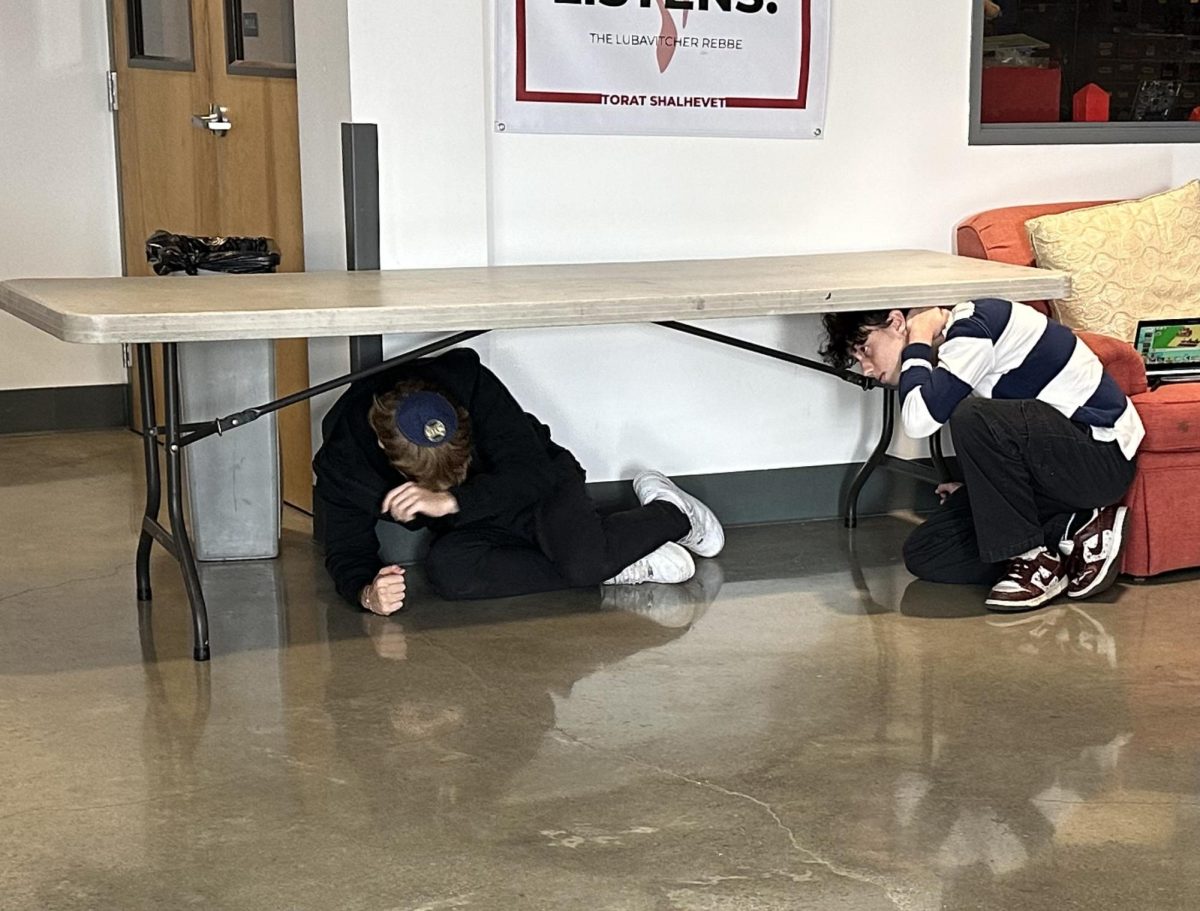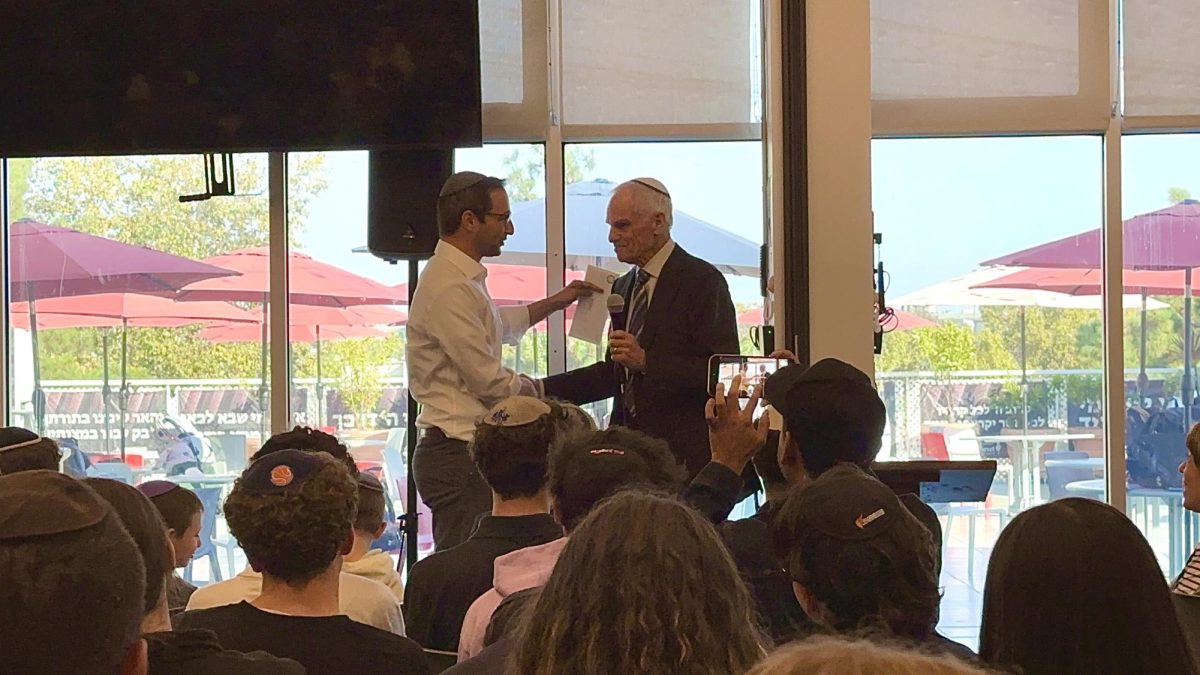Blogging,” like “Tweeting,” “Facebooking,” and “Googling,” is a web phenomenon so popular that it’s turned a noun into a verb — a verb that describes condensed news and opinion that in turn form communities based on common interests online.
But what exactly is a blog?
Named as a contraction of the term “web log” – a long or ongoing discussion that takes place on the Worldwide Web – a blog is a running online journal to which new entries are added at the beginning rather than at the end.
Wikipedia defines blog as “a reverse chronological online journal,” and “a type of website or part of a website supposed to be updated with new content from time to time.”
Like any other website, a blog can have any focus or purpose at all, and can be updated with graphics, video, news or commentary. Many allow viewers to post comments. Others are online diaries, or centered on one subject.
Blog posts, or entries, are shorter and more often more personal than newspaper stories, and longer than posts on Twitter. The popularity of blogs is building, perhaps because they are more focused by author or interest group than traditional websites.
Many people spend their free time surfing through blogs that match their hobbies, favorite T.V. shows and political interests or to read current events.
Sophomore Danielle Lowe publishes a blog of her own.
“I like it because there are so many things people don’t say that come out in their thoughts,” said Danielle, who didn’t want to reveal its name for privacy reasons.
“You could say what you want and not be scared of being judged [since] you don’t need to say it to a person’s face.”
Danielle said when she’s at home she updates her blog “every five or 10 minutes,” and describes everything from “my life in general” to what happened in last night’s episode of Glee.
But other students are interested in genre-based blogs.
“I don’t like reading random blogs about social life — it’s not worth my time,” senior Justin Brandt-Sarif said, who reads political blogs from major news sites like CNN, Huffington Post and the New York Times.
“I generally like to see other sides of an issue and like to introduce myself to issues or questions I haven’t thought of but that a lot of other people involved in the political world do,” said Justin. “Quality blogs are blogs that ask a lot of questions. Sometimes they’ll provide answers.”
Forms of blogging or blog-surfing popular among Shalhevet students include Tumblr, a social network in which users create microblogs – blogs with shorter entries– to exchange photos, audio and video links from their blog with other users, and Stumble-Upon, a search engine that allows users to find blogs or other web interests.
“I would get into these moods of going on Tumblr and I would just re-blog everything I see on my dashboard,’” said junior Emilie Benyowitz. “But I use StumbleUpon when I’m in the mood to find a cute story or if I’m in the mood to see cute photograph.”
Junior Katie Feld reads wedding blogs from “Wedding Gawker,” a blog she found on the StumbleUpon, and senior Talia Rotenberg browses daily through fashion blogs like The Zoe Report. Talia will search for the blog of fashion stylists she sees on the red carpet.
“If you’re going to read Vogue, you’re reading what the whole crowd is reading,” Talia explained. “Blogs are about personal experiences of a specific stylist and have personal touches.”
Senior Scott Rad enjoys reading technology blogs like Engadget and Gizmodo.
“These blogs aren’t blogs – they’re magazines,” Scott said. “A blog is one person ranting. This is reviewed, fact checked. Instead of National Geographic, they’ll work for a blog.”
Freshman Benny Balazs runs his mother’s fashion blog. On Tumbler, their blog is reposted onto other people’s blogs.
“It’s not overwhelming because of how simple it is,” Benny said. “Put it out there and it runs on its own.”
Some alumni are even trying to launch careers through blogging. Dani Wexler ‘06, former Deputy Editor of The Boiling Point, is interested in journalism and publishing. She and her sister Nili ‘99 have a blog called CulturalSallies.com, which explores the cultural scene in New York.
Ilana Blitztstein ‘05 is boosting a fledgling baking business with her blog, called “Smile! Let’s Eat.” It has received a total of 4,500 hits, with 561 hits last December, the month she created it, compared to 760 hits last month. She gets the most hits on links she posts on Google and Facebook, but also from Pintrest, a “pin-board”-type page online.
“At first there weren’t as many readers, but as I put up more recipes I’ve gotten more hits,” she said.
Faculty are less active in the blogosphere, though some are catching on. When asked if she ever read blogs, Art teacher Roen Salem responded playfully, “What’s a blog?”
Modern Middle East teacher Mr. Jason Feld said he sometimes muses through Middle East=related political blogs, but not religiously.
Sometimes blogs are used as a learning tool. Last year, students in Ms. Michelle Crincoli’s English class completed assignments on a blog when reading 1984, Macbeth and V for Vendetta.
“The blog allows students to have more of a voice in deconstructing literature and has the ability to enhance class discussions while teaching new technology,” she said. “I also believe it makes ordinary essay writing extraordinary when said essay becomes a blog post with images to enhance it.”

